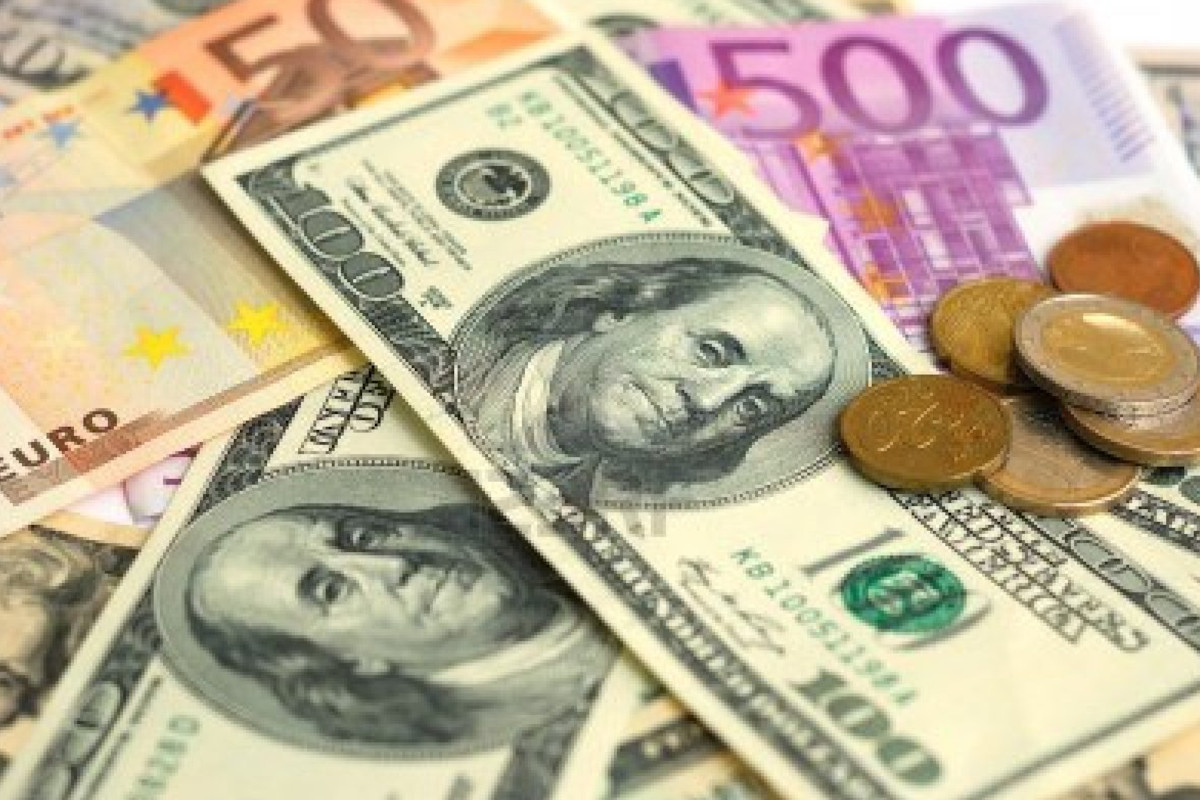Buoyed by falling euro quotations against the dollar, with a +19 percent jump Italian food exports achieve yet another historic record. More than a third of the value of the Italian F&B system is realized outside the borders of the European Union. This is according to an analysis by the Italian farmers’ association Coldiretti on the effects of the euro trend, at 20-year lows against the dollar, based on Istat data on foreign trade for the first four months of 2022.
Discover the authentic Italian F&B on the Italianfood.net platform
Despite months of war in Ukraine, Italian food & beverage exports are even up from the all-time high of €52 billion reached in 2021. The best performance is reported in non-EU countries, despite the explosive increase in production costs due to price hikes for energy imports.
Italian F&B exports growth in the first 4 months of 2022
| UK | +25% |
| USA | +19% |
| Germany | +12% |
| France | +18% |
In the United Kingdom, the +25% increase in sales highlights how Italian exports proved stronger than Brexit. In the United States, exports of Italian products rise by +19% as this market ranks third among the main world customers of Made in Italy goods. Good results also in the euro area, where Germany is still the main outlet market (sales up +12’%), ahead of France (+18%).
Driving the growth of Italian food & beverage in the world are staples such as wine, which leads the ranking of the most exported Italian products, followed by fresh fruit and vegetables.
“To sustain the growth trend of Italian food and wine sales it is now necessary to act on Italy’s structural delays,” Coldiretti President Ettore Prandini says. “But it is also important to focus more and more on internationalization, to support companies that want to conquer new markets, enhancing the strategic role of the Italian Trade Agency and with the support of embassies.”

